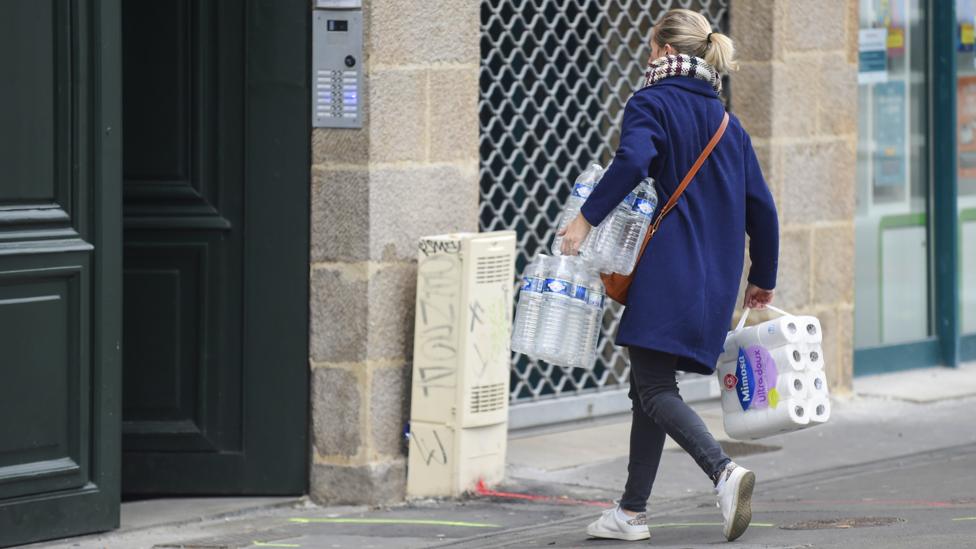First there was the bizarre suggestion that it can be cured with cocaine. After the erroneous idea circulated widely on social media, the French government had to quickly issue a statement saying that it’s definitely pas vrai. Then came the claims that avoiding ice cream could help, prompting Unicef to issue a statement that this is also not true. Finally the – extremely dangerous and also false – idea emerged that it can be prevented by drinking bleach.
Though the coronavirus pandemic started just a few months ago, it has already spawned an abundance of online fables and urban legends about how to evade it. One suggests that drinking water can help to prevent the infection. Here’s why that’s extremely unlikely.
You might also like:
The original posts shared on social media say that we should make sure our mouths and throats are always moist, and drink water every 15 minutes. The logic is that this will help to wash the virus down the oesophagus, so it that it can be killed by our stomach acid.
“This is just so simplistic, I can’t even get my head around it,” says Kalpana Sabapathy, a clinical epidemiologist at the London School of Hygiene and Tropical Medicine.
Sabapathy explains that infections often begin after we’ve been exposed to thousands or millions of viral particles, so sweeping a few down the oesophagus is unlikely to have much of an impact. “One gaping hole in it is the likelihood that you managed to flush all of them down into your stomach,” she says. “You would probably have already got them in your nostrils by then, for example – it’s not fool proof,” she says. And here lies another of the main flaws in the idea. Even if the virus hasn’t already managed to find its way inside the cells of your respiratory tract, it can also get into the body in other ways. While some people might become infected by touching their mouth with contaminated fingers, it can also enter the body by touching the nose or eyes.
As it happens, this is not thought to be the main route of transmission. Instead, the main risk is from breathing in tiny droplets containing thousands of viral particles after a person coughs or sneezes – either when they’re hot-off-the-press or have been lingering in the air hours afterwards. (Read more about how long the Covid-19 coronavirus can stay on surfaces and in the air.)
 info@businessghana.com
info@businessghana.com




















